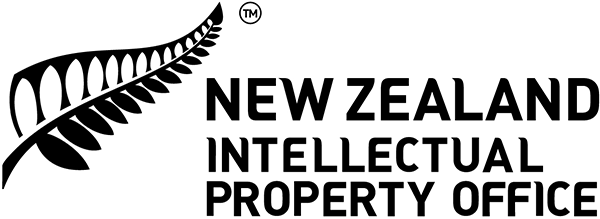IPONZ has recently updated its trade mark practice guidelines to reflect the following:
Interpretation of “featuring” term in trade mark specifications
IPONZ has updated its practice guidelines relating to IPONZ’s interpretation of the term “featuring” in specifications. To align with international best practice, IPONZ will treat the term “featuring” in specifications for goods and services as being a non-limiting term having the same meaning as the term “including”.
The updated interpretation appears under our Annexure General and Relative Grounds guidelines, and confirms our interpretation of the term “featuring” for classification and citation purposes.
The practice will come into effect for National Trade Marks filed on or after 1 February 2019, and international registrations with a designation date on or after 1 February 2019. This will not retroactively affect applications filed before this date.
The use of “featuring” will be acceptable in a specification when it follows “specific” goods or services. For example, “clothing featuring dresses” will be considered acceptable as “clothing” is considered to be a specific good.
The use of featuring” will be considered unacceptable in a specification, necessitating concerns raised under Section 32(2) when it follows broad or unclear goods or services. For example “retail services featuring clothing” will be considered unacceptable as “retail services” are considered too broad a service.
The term “featuring” will be considered non-limiting when considering identical and similar goods and services for the purposes of Section 25(1)(a) and Section 25(1)(b)
For example:
Mark A:
Class 25: Footwear featuring hiking boots
Mark B:
Class 25: Slippers
In Mark A the term “featuring” does not limit the specification of goods to “hiking boots”. Mark A’s specification includes all “footwear” and therefore includes Mark B’s specification “slippers”. Mark A’s goods and Mark B’s goods are therefore considered to be identical.
View the updated Trade Mark practice guidelines:
Change to division process for national trade mark cases
IPONZ has recently updated its practice guidelines involving the division of national trade mark cases. This is due to an amendment to the Common Regulations under the Madrid Agreement that will allow for the merger and division of international trade marks. In order to ensure that the processes for national and international trade marks are aligned, IPONZ has amended our national division processes.
When dividing a trade mark application for the purposes of overcoming an objection:
- The original (parent) application should be amended to include only the goods and/or services that are unencumbered by objections. This will allow this application to be re-examined prior to acceptance.
- The divided (child) application should only include the goods and/or services to which objections apply.
View the updated Trade Mark practice guideline:
